Behind every iconic kitchen appliance, ubiquitous sauce or best-selling cookbook, there's an origin story that must be told. Here is a selection of Asian and Asian American chefs, food writers and food innovators to celebrate for their culinary contributions.
10 Asian Chefs and Innovators Who Have Changed the Way We Eat

Rotanak Ros
Meet the wonderful Khmer chef giving new life to Cambodian cuisine! Called “Chef Nak” by her viewers, Cambodia’s first woman celebrity chef brings together the freshness of seasonal Khmer ingredients with the rich cultural history of Cambodian dishes. In her cookbook, Nhum, she guides readers with anecdotes and meaningful explanations of Cambodia’s extensive gastronomic past, present and hopes for the future.
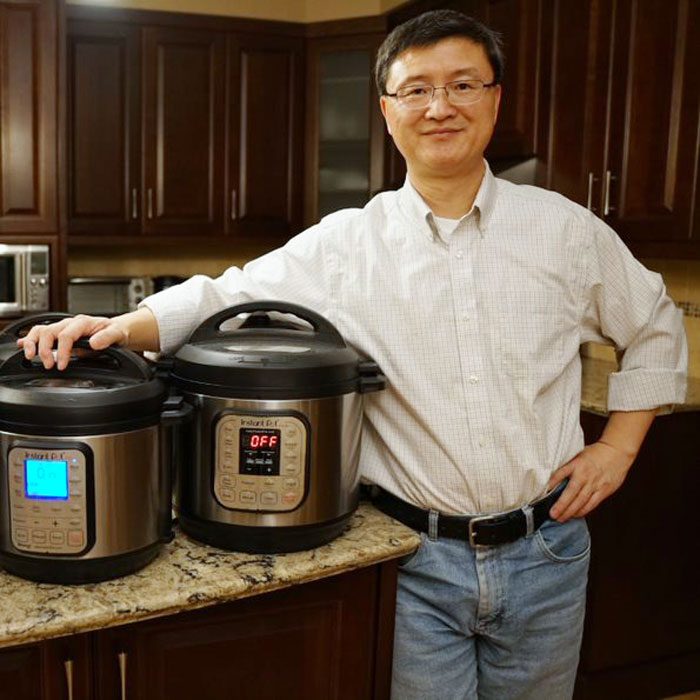
Robert Wang
Sometimes referred to as the “Steve Jobs of Kitchen Appliances,” this CEO of Instant Foods and creator of the Instant Pot revolutionized the way that people around the world cook. With its wide array of cooking options and dedicated recipes, Instant Pots have truly earned their space in our kitchens. Whether you crave yogurt, ribs or the perfect soft-boiled egg, Robert Wang’s Instant Pot is there to save the day.
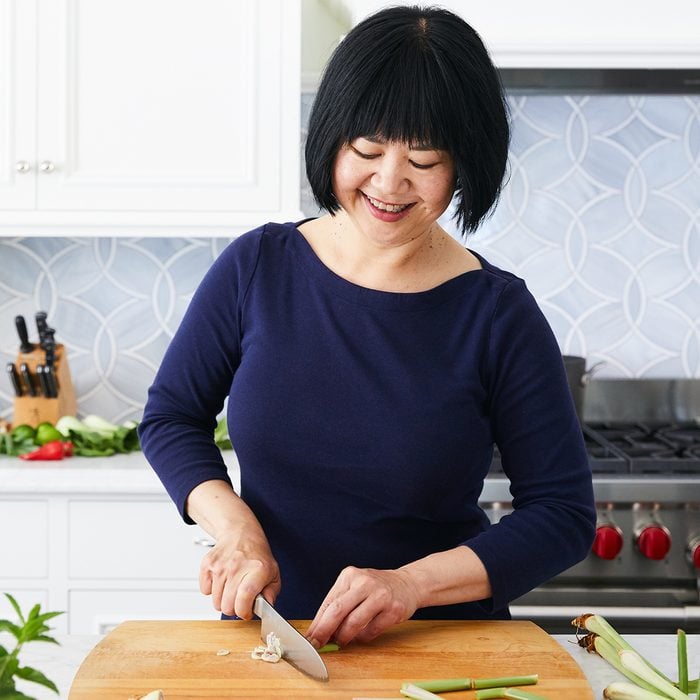
Andrea Nguyen
With several award-winning cookbooks under her belt, San Francisco Bay Area author and cooking teacher Andrea Nguyen is a prominent figure in Asian food writing. Whether you want to learn more about Vietnamese food, make tofu from scratch or perfect your dumplings, Andrea’s wide range of cookbooks is there to support and inspire you. In fact, one of her titles is on our list of the best Asian cookbooks for beginners.
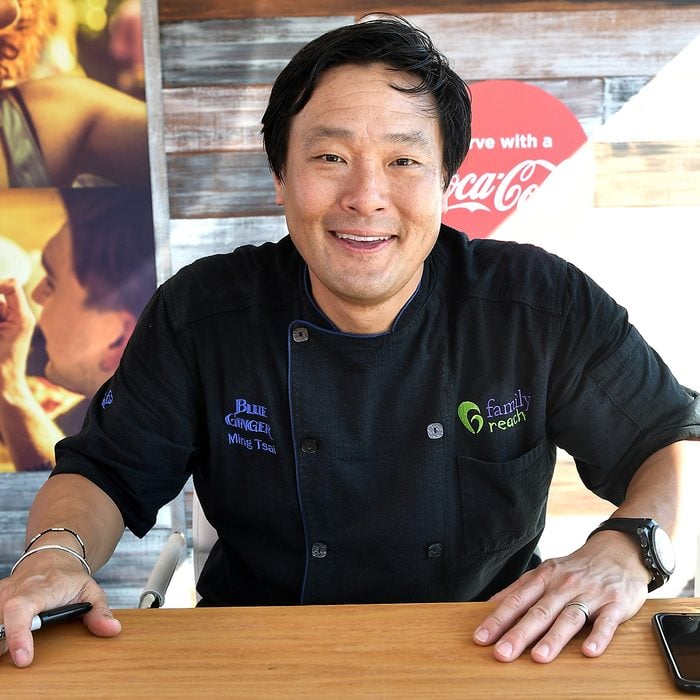
Ming Tsai
James Beard Award-winning chef Ming Tsai is revered for his fusion cuisine, which draws from his Chinese roots to reimagine classic American and pub fare. After publishing several cookbooks, opening two successful Boston restaurants (Blue Ginger and Blue Dragon), launching his own range of vegan products and winning awards for Simply Ming on PBS and East Meets West with Ming Tsai on Food Network, there is little that chef Tsai has not done in the world of food.
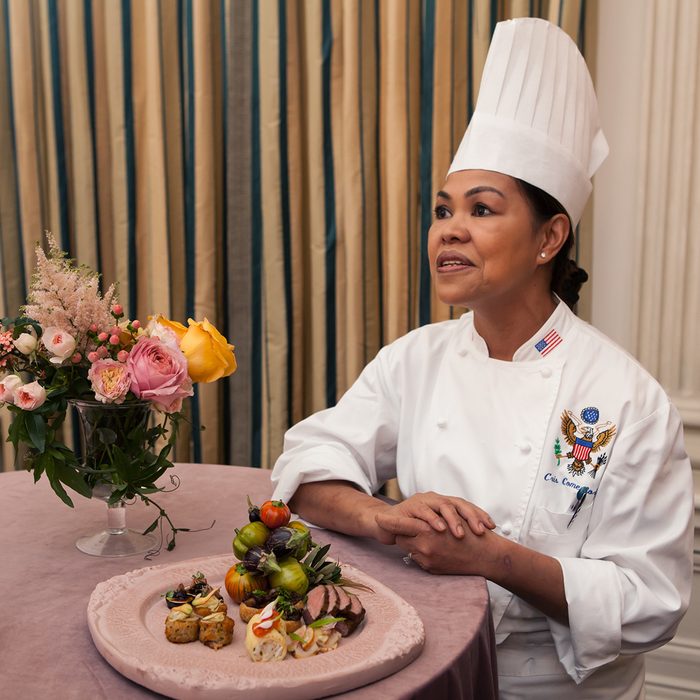
Cristeta Comerford
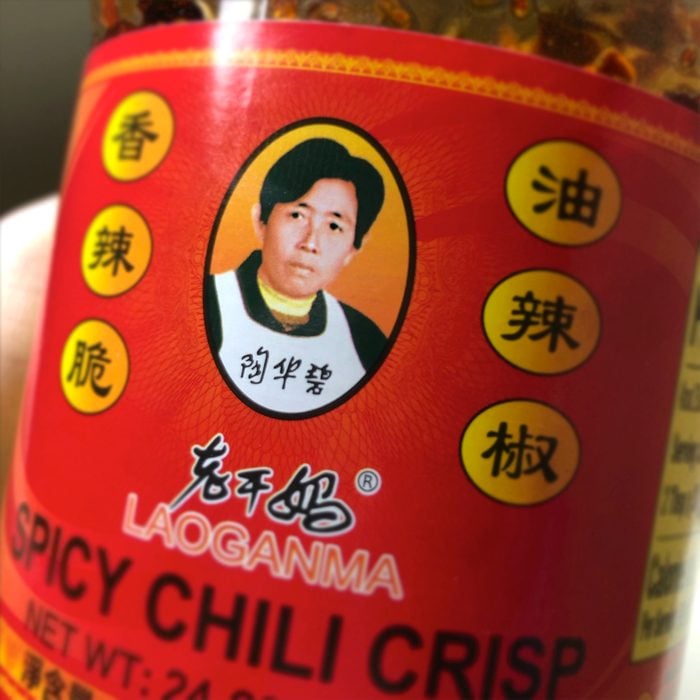
Tao Huabi
With humble beginnings, Chinese noodle shop owner Tao Huabi soared into international foodie conversation circles with the creation of her famous Lao Gan Ma chili crisp. Whether it’s sprinkled over a bowl of noodles or atop soft-serve ice cream, diners around the world cannot get enough of this spicy, crunchy condiment. Due to her success, Tao was dubbed the “hottest woman in China,” and her sauce’s logo has graced clothing during New York Fashion Week.
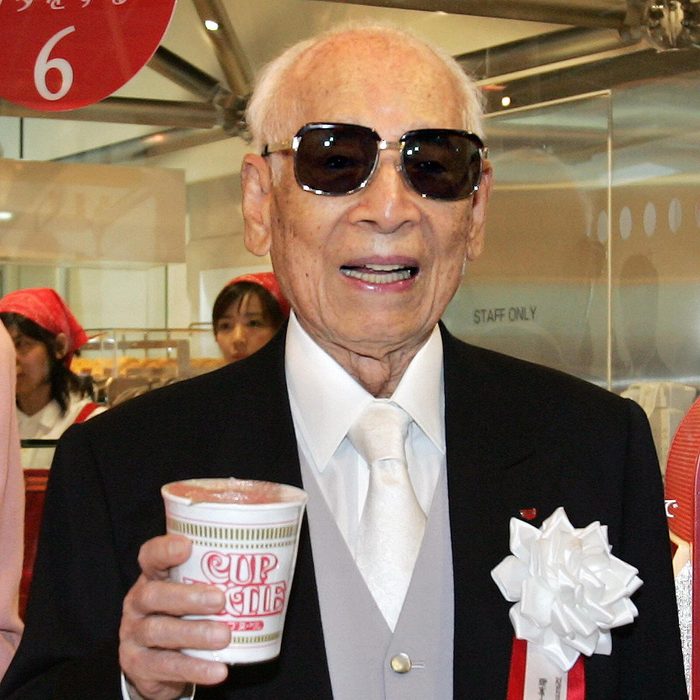
Momofuku Ando
The humble instant ramen packet is a staple for many—it’s budget-friendly with unmatched versatility (check out these recipes made with ramen noodles to see what we mean!). The next time you’re slurping up noodles, remember that this delicious experience was the brainchild of Taiwanese-Japanese food inventor and founder of Nissin Food Products, Momofuku Ando. Known for the brands Top Ramen and Cup Noodles, Momofuku’s ramen continues to be a comfort food for college students and many others.
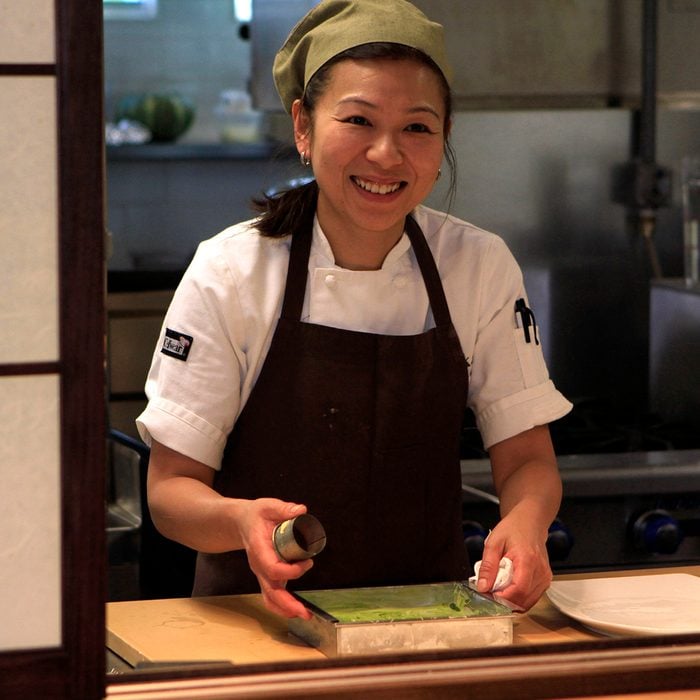
Niki Nakayama
Known for her gastronomic storytelling through the art of traditional Japanese kaiseki cuisine, chef Niki Nakayama is the owner of Michelin-starred Los Angeles restaurant n/naka, which the New York Times called “the most prominent kaiseki restaurant in America.” An episode of the Netflix series Chef’s Table dives into Niki’s culinary journey toward becoming one of the world’s most renowned chefs.
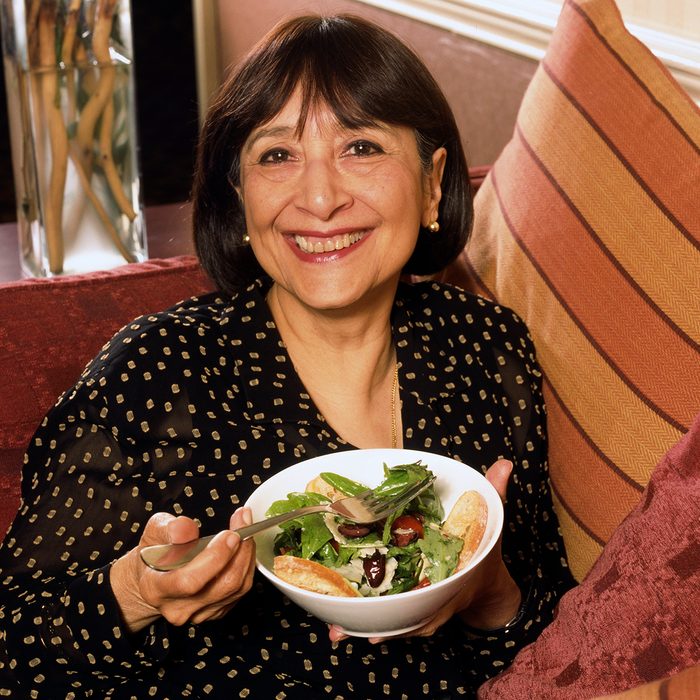
Madhur Jaffrey
It is hard not to think of Madhur Jaffrey when thinking about Indian cuisine. After countless TV appearances, 15 cookbooks and numerous awards, such as an induction to the James Beard Cookbook Hall of Fame, Madhur has made an incredible mark on the world of Indian food. She was awarded the title of Commander of the Order of the British Empire for her many (culinary) contributions to cultural relations between the U.K., India and United States.
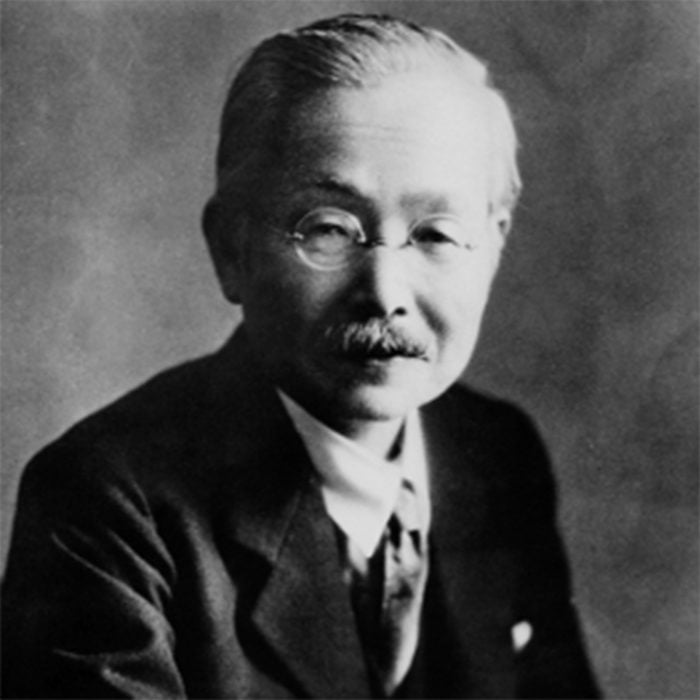
Kikunae Ikeda
Despite past misleading and racist claims about MSG, the compound is found naturally in many common foods and is the basis of what we know today as the taste of umami. These revelations of flavor are the result of Japanese chemist Kikunae Ikeda’s decision to explore why his family’s dashi broth tasted so delicious, which led to his understanding of umami as well as development of the process to mass-produce MSG.
















